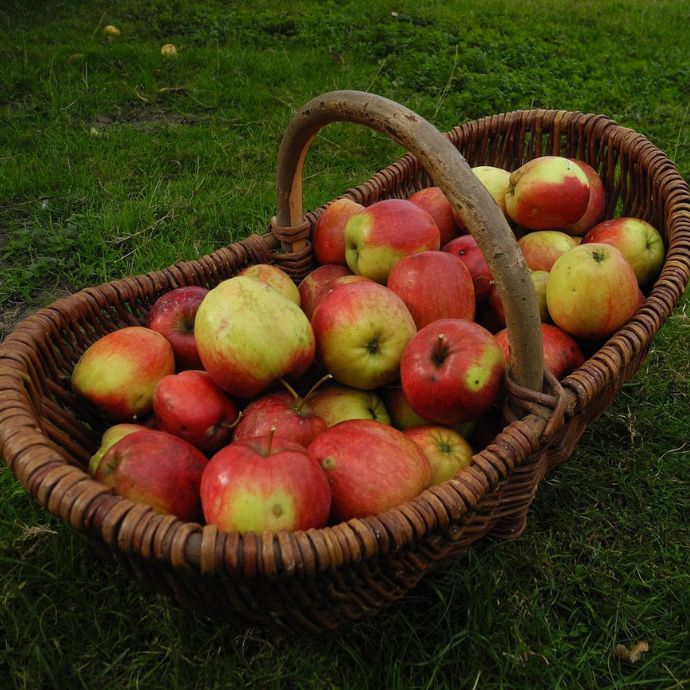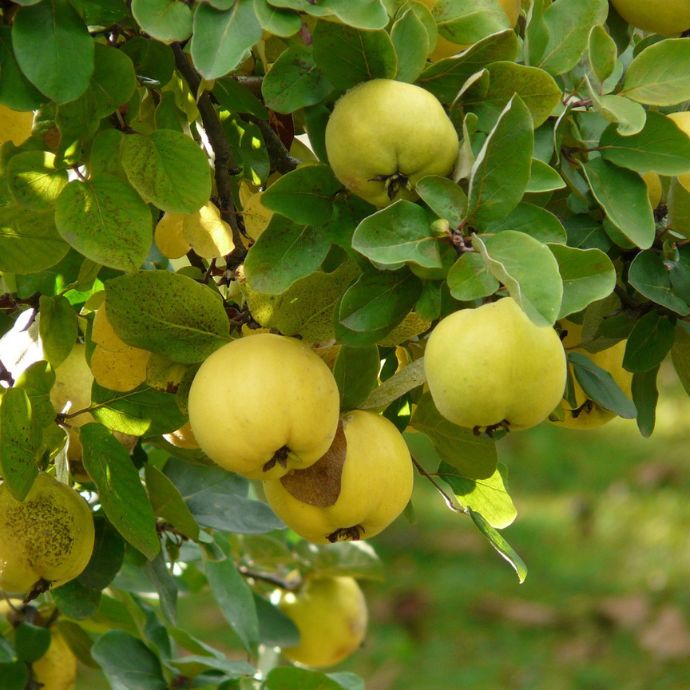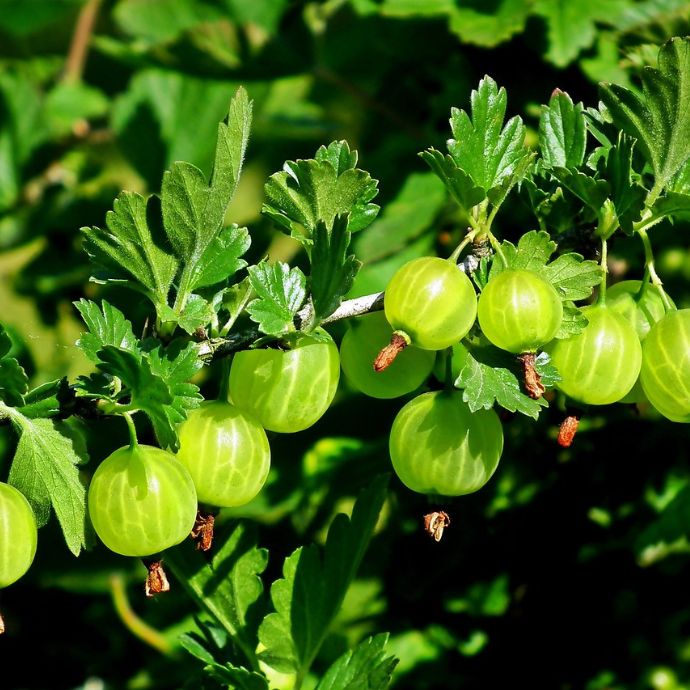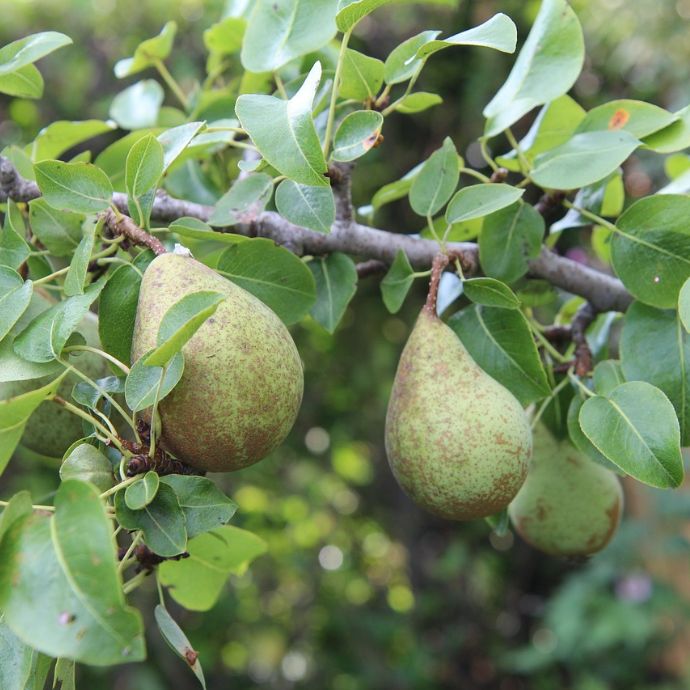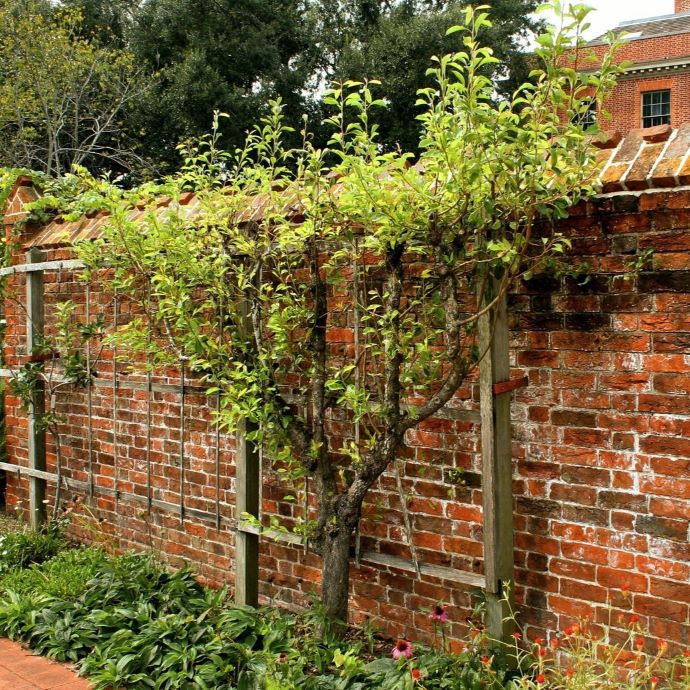Advice & Inspiration
Family Apple Trees: A Grower’s Guide
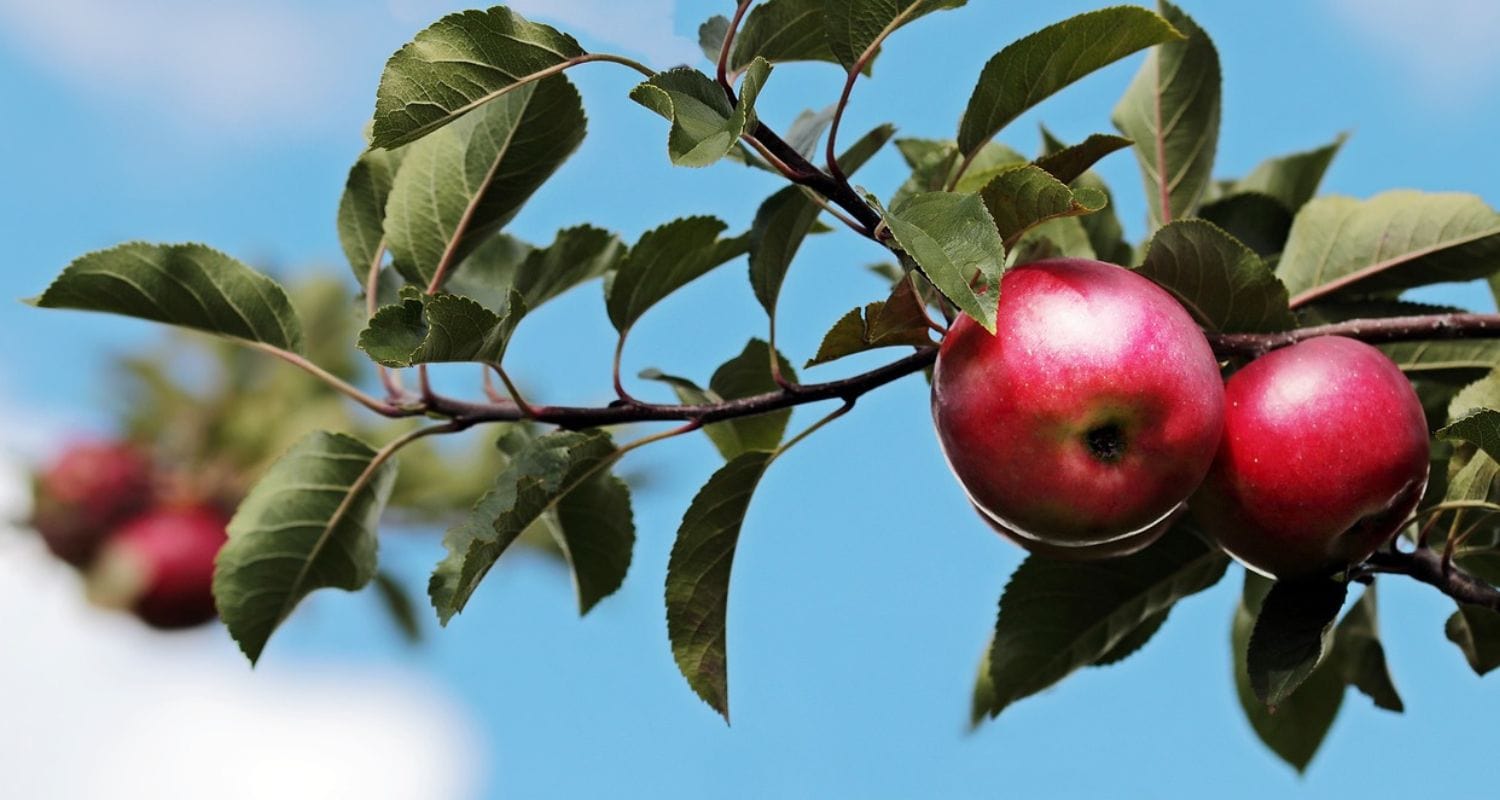
We are family, I got all my apples with me… Sadly, family apple trees didn’t make the final lyrical cut for Sister Sledge’s 1979 hit single, but that’s their loss, frankly. These ingenious fruit trees comprise three different apple varieties grafted onto one rootstock. They’re similar to duo trees, just with an extra variety thrown into the mix for good measure. In this comprehensive guide, we’ll walk you through everything you need to know about these funky fruit trees, from how they’re grown through to general planting and care tips.
Jump to:
- What are family apple trees?
- How are they grown?
- What are the advantages?
- What are good combinations?
- Special care tips
What are family apple trees?
As touched on in the introduction, family apple trees are single trees on which three separate apple varieties grow. Duo apple trees, as the name suggests, feature two varieties on one tree – thinking about it, it’s kind of weird they didn’t call family apple trees trio trees, instead, but that’s by the by.

How are they grown?
These trees are grown through the process of grafting, in which the rootstock (the tree’s root system which determines overall characteristics like height and spread – something like M26 in the case of apple trees) and scion (young shoot) are attached together at the graft union (not the collective trade body for a group of trees) and sealed using grafting wax.
In the case of duo and family trees, the grafting process is the same as normal, just with two or three grafts being made, rather than just the one. You could say that these trees really put in the hard graft! I’ll see myself out…

What are the advantages?
The biggest benefit of a family apple tree is probably the fact it improves the chances of a good crop of apples, even from just one tree. The different varieties on a family tree are able to pollinate one another, guaranteeing you good yields of delicious fruit. So if you haven't got much space, but still want to grow your own scrummy apples, then family trees are the way to go.

What are good combinations?
Which apples you prefer on your family tree will very much depend on personal preference, however there are some general combinations that definitely work well together:
Eating, cooking and dual-purpose
Apple varieties can, broadly speaking, be split into three categories: eating, cooking and dual-purpose. We think a good family apple tree should have one of each, just to cover all bases. For instance, our family apple tree features a scrummy dessert apple (‘Lord Lambourne’), a tart cooking apple (‘Bountiful’) and a versatile dual-purpose apple (‘Braeburn Hillwell’).
Pollination partners
In most instances, you probably don’t need to worry too much about apple tree pollination partners as there’s likely going to be a suitable partner near enough (within a mile or so) to pollinate your tree for you, even if your own tree's varieties can’t actually pollinate one another.
If you live in a really isolated area, however, and only have room for one tree, then it’s important to make sure the varieties grafted onto your family tree are all in the same or adjacent pollination groups. This helps guarantee your crop of lovely apples!
Green, red and mixed
Okay, so this is probably the least important consideration when it comes to variety combinations, but who doesn’t love an aesthetic tree? Imagine one branch brimming with bright green apples, another bearing fruits in a deep, carmine red, and between them both? Green apples blushed with broad, rosy brushstrokes. A colour continuum, that’s what we like to see!

Special care tips
The great thing about growing duo and family apple trees is that their care requirements are pretty much identical to standard apple trees. Result.
We’ve written heaps on growing apple trees in the past, including pruning tips, container growing and training recommendations, but we’ll give you a quick run-down below on the basics in terms of planting and aftercare, just to get you started.
Apple trees grow best in a sunny spot that receives at least six hours of direct sunlight per day. Choosing a sheltered position if possible, plant your family apple tree in well-drained, fertile soil that leans towards the slightly acidic side.
Newly planted apple trees need to be watered regularly throughout their first growing season to help them establish properly. Once established, however, additional watering will only really be needed in hot, dry periods.
Lightly prune your tree once per year in its dormant phase (between November and March). This will help keep your tree nicely shaped, reduce the risk of disease and improve its overall productivity. Pick a dry, frost-free day to prune your tree as this will help the pruning cuts heal more quickly.
Every spring, give your family apple tree a feed with high-potassium fertiliser, then give it a good mulch around the base to help with both moisture retention and weed suppression. Common-or-garden compost works a treat for this.

Final thoughts
If you ask us, this is the type of family tree we really care about – sure, learning about your great, great grandfather is interesting and all, but getting three different types of apple from one tree? That’s what we’re really into. After all, your dead ancestors don’t make for a sumptuous, freshly-baked crumble…


